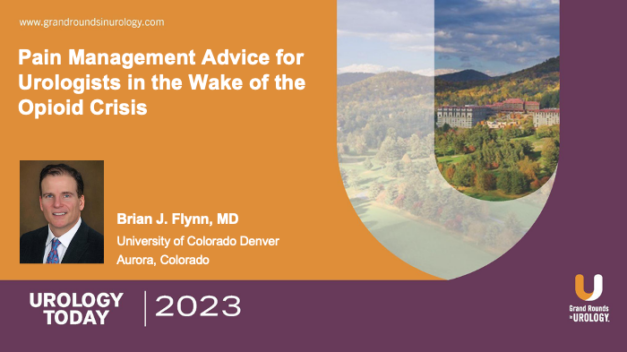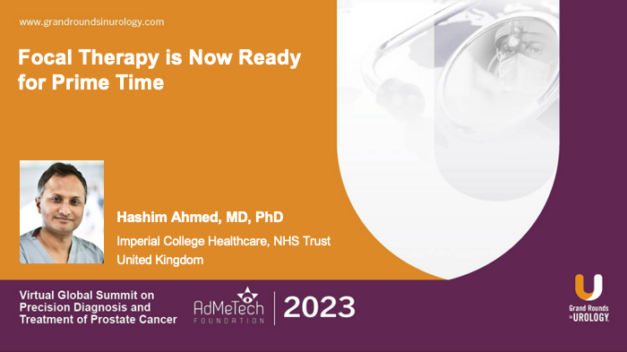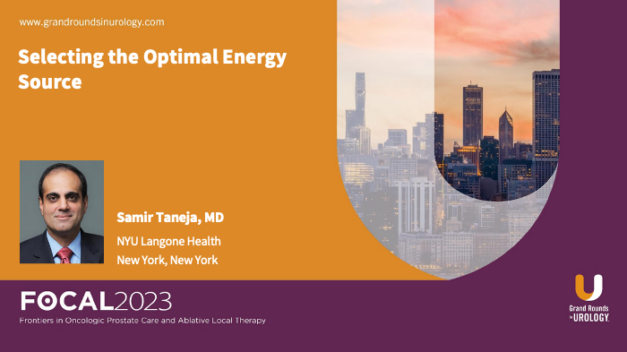Pain Management Advice for Urologists in the Wake of the Opioid Crisis
Brian J. Flynn, MD, discusses the opioid crisis in the United States, and the role of urologists in taking action against this growing problem. Dr. Flynn begins by highlighting factors that contribute to the opioid epidemic’s growth, with a specific focus on Colorado. He drives home the urgency behind addressing this epidemic by emphasizing the ubiquity of opioid related deaths across all ages, genders and socio-economic strata.
Dr. Flynn argues that the problem lies specifically in prescribing opioids in far excess post-surgery, as most patients take only a fraction of what is prescribed, with extra pills then being distributed to, and consumed by, non-patients. He underlines the correlation between the number of opioids prescribed and the number of opioid related deaths.
Dr. Flynn examines the role of Urology in prescribing opioids relative to other fields of medicine in prescribing opioids, finding that urologists land somewhere in the middle in terms of prescribing opioids to patients. He looks at different urology surgeries and recommends alternatives to opioids to address patients post-op pain.
Dr. Flynn concludes with a review of the ALTO project from Colorado that aims to offer alternatives to fentanyl whenever possible. He provides practical solutions to address the opioid epidemic at the physician level, but recognizes that changes at multiple levels of practice and legislature are needed to address it effectively on a national scale.
Read More




